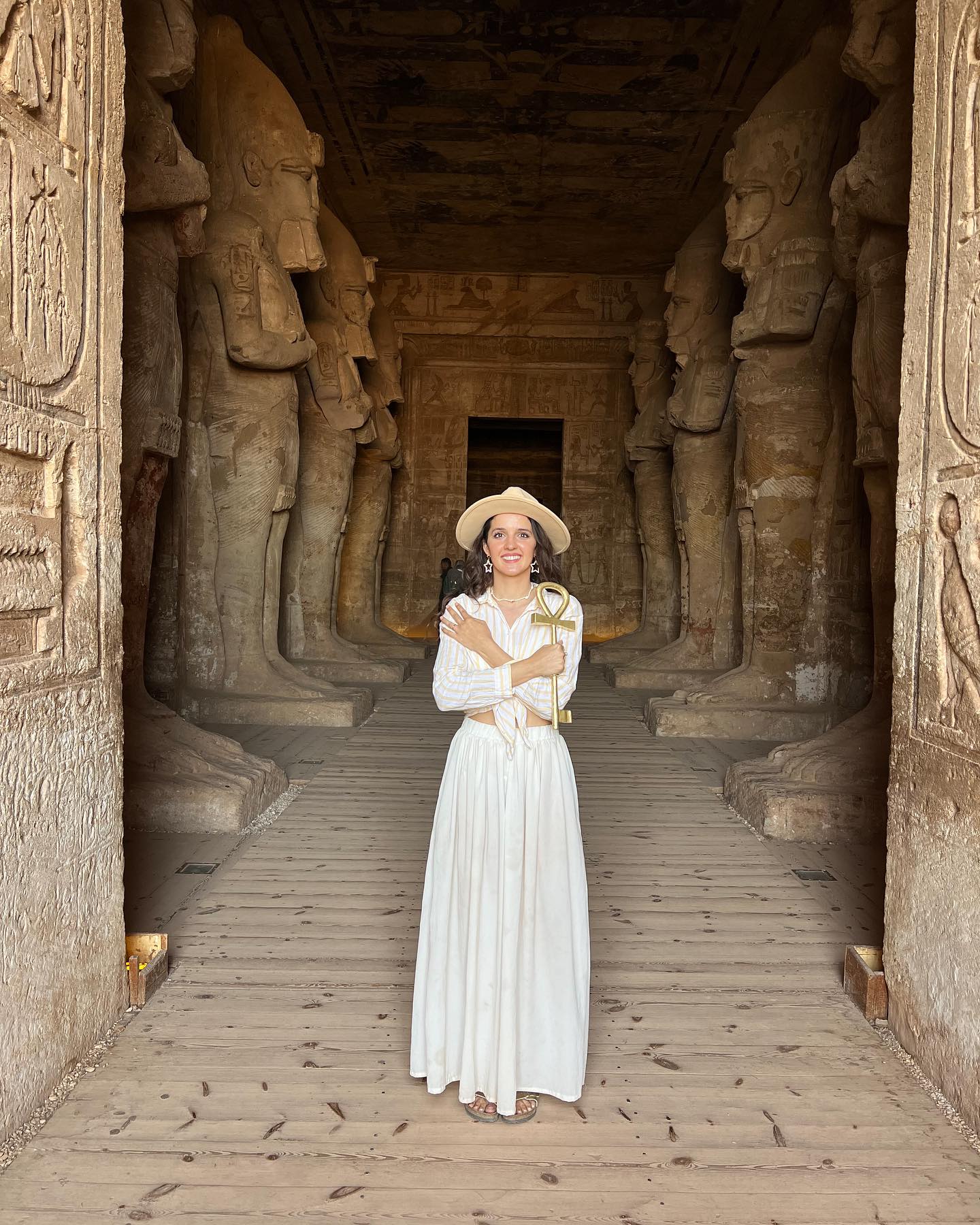
Discovering Luxor Temple
The History of Luxor Temple
Luxor Temple, known as "Ipet Resyt" in ancient Egyptian, meaning "The Southern Sanctuary," was constructed around 1400 BCE. Built during the reign of Pharaoh Amenhotep III and expanded by Ramses II, the temple was dedicated to the Theban triad: the god Amun, his consort Mut, and their son Khonsu.
The temple's unique purpose sets it apart from other Egyptian temples. Unlike temples dedicated to gods or pharaohs, Luxor Temple played a pivotal role in the Opet Festival, an annual celebration of fertility and renewal. It served as a spiritual bridge, connecting the earthly world with the divine.
Architectural Highlights of Luxor Temple
Luxor Temple showcases the genius of ancient Egyptian architecture. Here are some of its most notable features:
Grand Colonnade
The central colonnade, originally built by Amenhotep III and completed by Tutankhamun, is a series of 14 colossal columns that rise skyward, creating a dramatic and awe-inspiring effect.
Massive Pylon of Ramses II
At the entrance, visitors are greeted by a grand pylon decorated with intricate carvings depicting Ramses II's military victories. Standing before it are two colossal statues of the pharaoh and a towering obelisk (the twin of which now resides in Paris's Place de la Concorde).
Avenue of Sphinxes
Stretching nearly 2.7 kilometers, the Avenue of Sphinxes once connected Luxor Temple to the Karnak Temple. Recently restored, this grand processional path is lined with hundreds of human-headed sphinxes.
Sanctuary of Amun
At the heart of the temple lies the sanctuary, a sacred space reserved for rituals and offerings to the god Amun. Its intricate carvings and delicate details speak volumes about its spiritual importance.
The Cultural Significance of Luxor Temple
Luxor Temple is more than just an ancient site; it is a living testament to Egypt's layered history. Over the centuries, it has been adapted and repurposed by various cultures. The temple has housed a Roman chapel, a Christian church, and even an Islamic mosque, which remains in use today.
This multicultural tapestry adds depth to Luxor Temple's historical narrative, making it a symbol of continuity and transformation.
Tips for Visiting Luxor Temple
To make the most of your visit, consider the following tips:
- Best Time to Visit: Early morning or late afternoon offers cooler temperatures and fewer crowds, allowing for a more intimate experience.
- Night Tours: The temple is stunningly illuminated at night, providing a mystical atmosphere and a chance to see the carvings in dramatic light.
- Guided Tours: A knowledgeable guide can enrich your visit by revealing the stories behind the temple's intricate carvings and architectural elements.
- Nearby Attractions: Combine your visit with a trip to Karnak Temple, the Valley of the Kings, or a serene Nile cruise.
Luxor Temple and Modern Tourism
Thanks to its rich history and cultural significance, Luxor Temple is a cornerstone of Egypt's tourism industry. It contributes to the preservation of Egypt's heritage while offering travelers an unforgettable glimpse into the ancient world.
Whether you're an avid history buff, an architecture enthusiast, or simply seeking an awe-inspiring destination, Luxor Temple promises an experience unlike any other.
Why Choose Luxor Temple for Your Next Adventure?
With its unparalleled blend of history, art, and culture, Luxor Temple is a must-visit destination for travelers exploring Egypt. Standing in its shadow, surrounded by the whispers of history, you'll find yourself transported to a time of pharaohs, gods, and monumental achievements.
Plan your visit to Luxor Temple and witness the splendor of ancient Egypt unfold before your eyes.
.jpg)
.jpg)
.jpg)
.jpg)



(01) Comment
rohan de spond
25 january 2021
We have covered many special events such as fireworks, fairs, parades, races, walks, awards ceremonies, fashion shows, sporting events, and even a memorial service.
rohan de spond
25 january 2021
We have covered many special events such as fireworks, fairs, parades, races, walks, awards ceremonies, fashion shows, sporting events, and even a memorial service